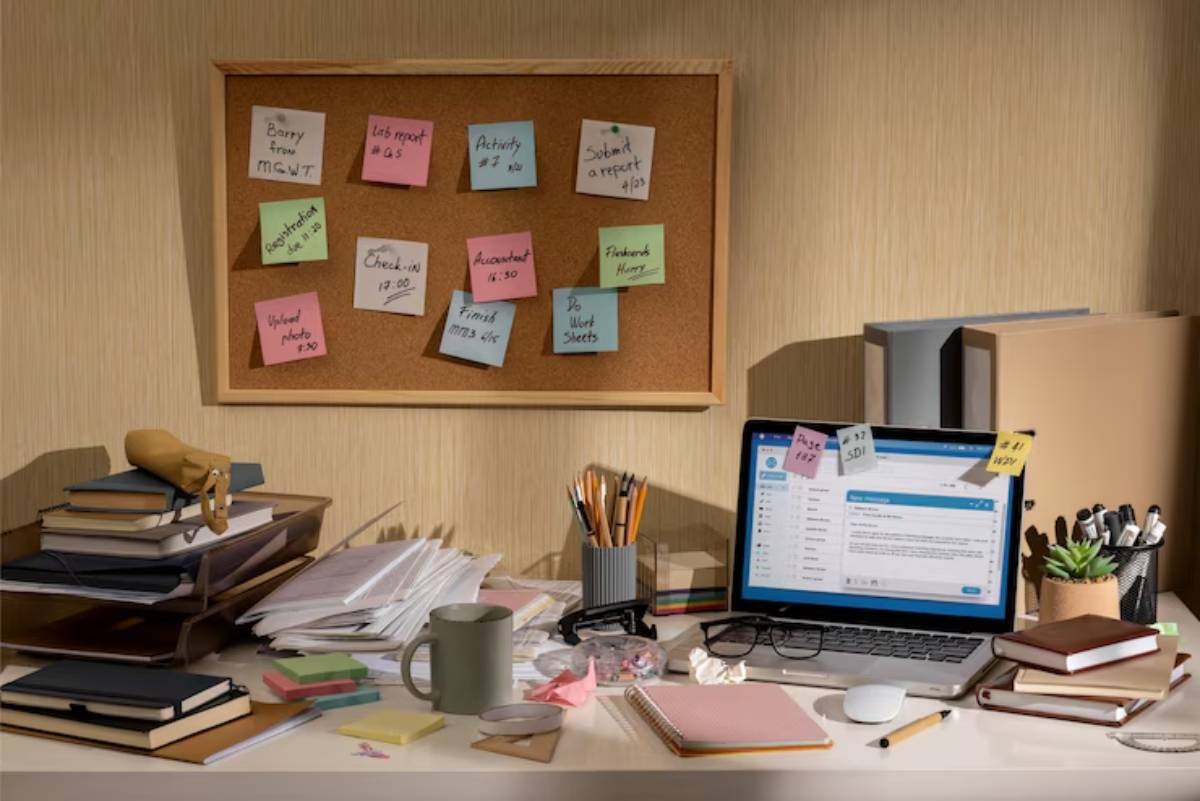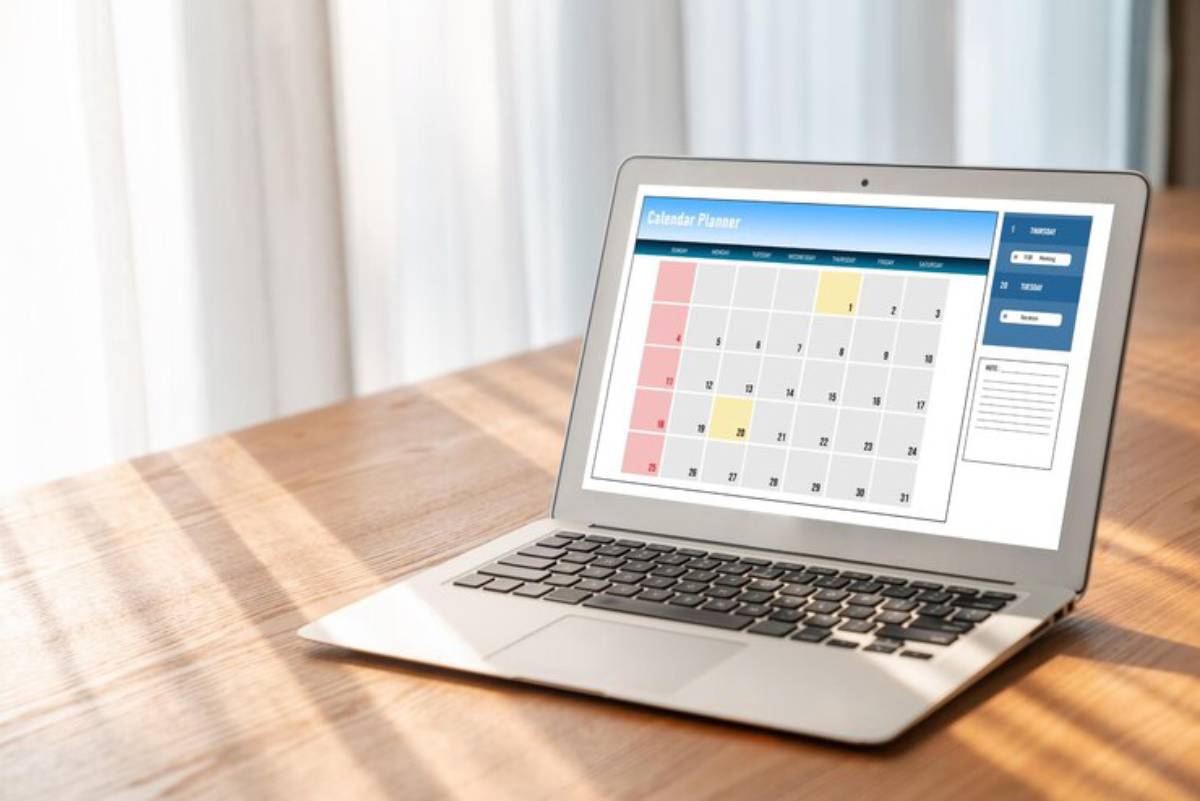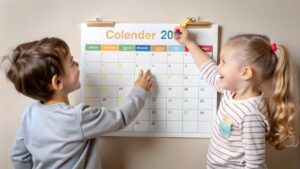The Education Blog

Creating a Self-Guided Homeschool Routine for Kids
Homeschooling is rewarding, but let’s face it — it’s also demanding. If you’re a working parent, managing lessons while juggling your job can feel overwhelming.
That’s why fostering independent homeschool learning is more than a nice-to-have. It’s a game-changer. A well-planned, self-guided homeschool routine gives your children ownership over their day while freeing you up to work, rest, or just breathe.
This post will walk you through how to create a sustainable structure that teaches your child to manage their own learning. Whether your kids are seven or seventeen, you’ll find strategies to make student self-learning part of your homeschool reality.
Why Independent Learning Matters
When children learn to guide their own progress, something powerful happens — they become active learners, not passive recipients.
Key Benefits:
- Encourages critical thinking and problem-solving
- Builds time management and self-discipline
- Reduces your need for constant supervision
- Fosters a love for learning that lasts beyond the homeschool years
Plus, it helps the whole household run more smoothly — especially if you’re balancing multiple children or working from home.
Start with Clear, Achievable Expectations
Before handing over the reins, your child needs to understand what’s expected.
Establish:
- A basic daily checklist of tasks or subjects
- Clear definitions of “done” (e.g., a completed worksheet or narrated summary)
- Consistent start times and deadlines
Avoid being vague. “Do some reading” becomes “Read two chapters and write three sentences about what happened.” Clarity builds confidence.
Design a Kid-Friendly Routine
A self-guided routine doesn’t mean a free-for-all. It’s still structured, just in a way that your child can manage with minimal prompting.
A Sample Framework:

- Morning Block: Reading, maths worksheet, handwriting
- Midday Block: Science video + notebooking, quiet reading
- Afternoon Block: Art, typing practice, or life skills (e.g., cooking, gardening)
Use visuals for younger kids — picture charts, magnetic boards, or colour-coded task lists. The more they can “read” their schedule themselves, the less they need you to guide them through it.
Use the Right Tools for Self-Guided Success

Technology and low-tech tools can both support autonomy.
Helpful Resources:
- Timers to build focus and manage transitions
- Checklists or planners for tracking tasks
- Self-paced online courses like Khan Academy or Duolingo
- Learning bins or folders with everything needed for a subject
Creating routines around these tools helps your child feel equipped and reduces interruptions.
To explore more flexible approaches, check out outsourcing and online help for busy homeschoolers, especially if you’re managing work and multiple kids.
Encourage a Growth Mindset
Kids will make mistakes. They’ll forget things. They’ll rush through lessons. That’s okay. The goal isn’t perfection — it’s progress.
Nurture Resilience By:
- Praising effort over results
- Asking reflective questions (“What could you try differently tomorrow?”)
- Modelling how to bounce back after a rough day
Independence grows in the soil of encouragement and feedback — not pressure.
Build in Daily Check-Ins
You’re not disappearing from their learning. You’re just shifting from minute-to-minute direction to supportive oversight.
Try This:
- Morning “launch” — review the day’s plan
- End-of-day review — chat about what they enjoyed or struggled with
- Weekly reflection — look back at wins and set a small goal for the week ahead
These brief touchpoints keep you connected while reinforcing accountability.
Adjust as They Grow
A self-guided routine for a seven-year-old looks different from that of a thirteen-year-old.
Younger Kids:
- Need shorter work blocks and more physical movement
- Benefit from visual cues and parent check-ins
Older Kids:

- Can use digital planners or Google Calendar
- May appreciate choosing the order of tasks
- Should gradually take over tracking their own progress
Encourage them to shape their routine as they grow — this builds buy-in and ownership.
If you’re also managing multiple age groups, group teaching strategies can help simplify the day while still allowing for independent work.
Let Them Take the Lead Sometimes
It’s tempting to control every detail — especially when time is tight. But giving your child some control fosters trust and responsibility.
Let Them:
- Pick the order of subjects
- Choose a quiet spot to work
- Suggest a topic or project to explore
Even small choices help build confidence and ownership.
Independence Is a Muscle — Build It Gently
Creating a self-guided homeschool routine isn’t about letting go completely. It’s about building systems that teach responsibility, encourage curiosity, and lighten your mental load.
Start small. Try one block of independent learning each day. Use checklists. Celebrate effort. Reflect weekly.
Over time, you’ll see your child take more initiative. And you’ll notice something else, too — a little more room in your own day to breathe, think, or sip a hot cup of tea before it goes cold.









